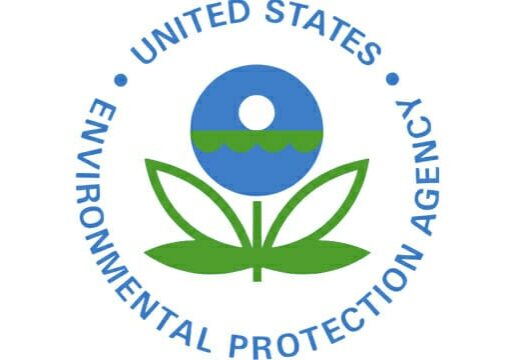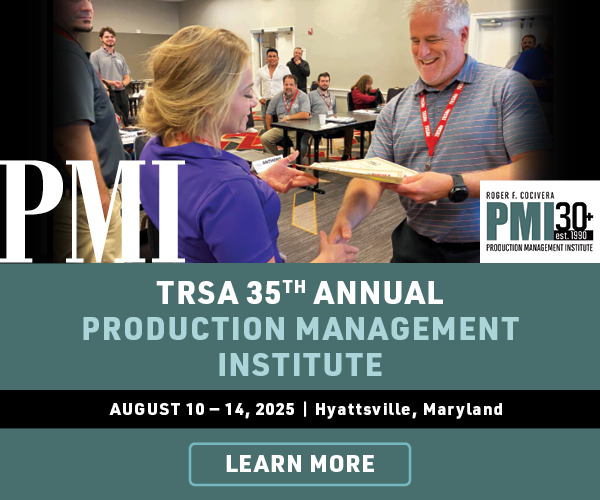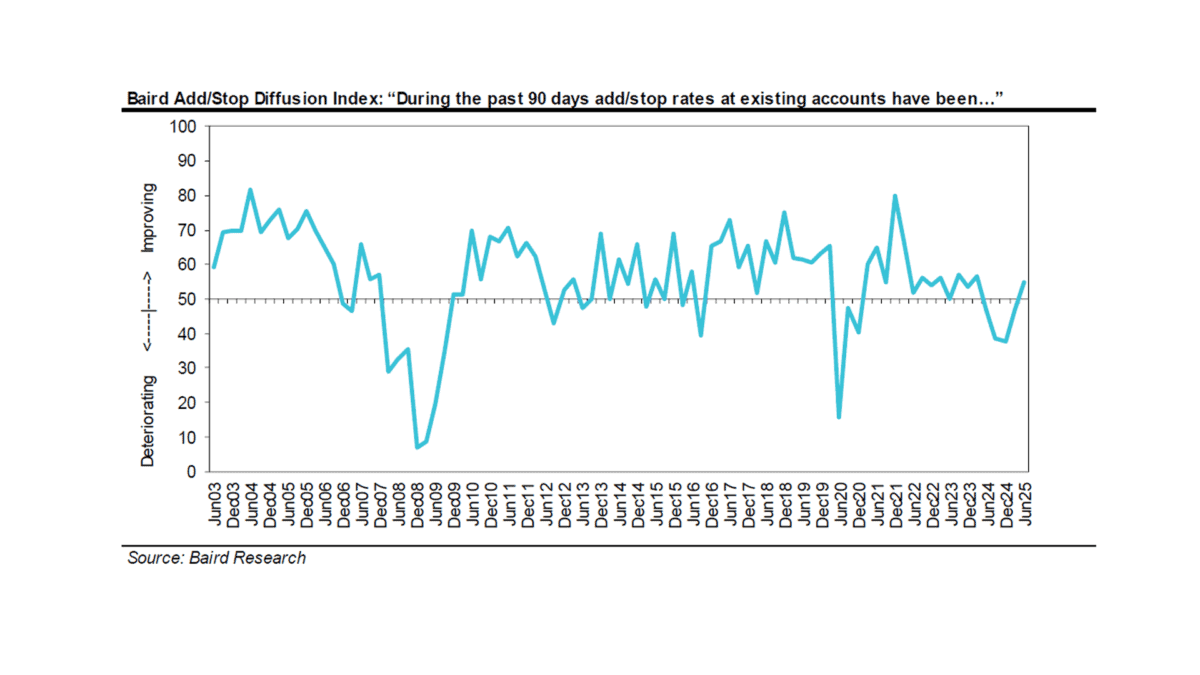Laundry operators could see a spike in compliance costs as state and federal officials pursue fresh initiatives, including efforts to reduce discharges of per- and poly-fluoroalkyl substances (PFAS) in wastewater.
Textile Services Weekly recently queried consultants and a wastewater-discharge equipment specialist on the likely impact of new regulations of PFAS chemicals present on textiles processed by laundries across North America.
The term PFAS extends to a family of some 5,000 compounds that date to the 1940s. PFAS substances have earned the sobriquet “forever chemicals,” because this molecule, comprised mainly of carbon and fluorine atoms, doesn’t break down in nature. Researchers also have linked at least two PFAS compounds, perfuorooctanesulfonic acid (PFOS) and perfluorooctanoic acid (PFOA), to human health conditions, including kidney and prostate cancer, thyroid disease and liver damage.
The safety concerns posed by PFAS have made this compound a hot topic for regulators, says Ivan Cooper, principal, national water/wastewater practice leader for Civil and Environmental Consultants Inc, Charlotte, NC. Cooper notes that tightening controls on PFAS is among U.S. Environmental Protection Agency (EPA) Administrator Michael Regan’s highest priorities. Cooper knows Regan from a previous post leading the North Carolina Department of Environmental Quality, where he dealt with a comparable state-level chemical cleanup issue. Cooper adds that EPA and White House officials have ranked PFAS as the second-most critical environmental issue they face after climate change. “So they’re hot on it,” he says. “Regulations both on the federal and the state level are coming fast and furious.” In the near term, Cooper predicts federal officials will issue restrictions on PFAS that could include effluent limits on select industries, though it’s unclear if that list will include laundries.
Another consultant, John Shaffer, CEO/principal of EEC Environmental, Orange, CA, also expects quick action on PFAS at the federal level and in various states such as Michigan that are already active in this area. Restrictions will likely vary by region. “PFAS limits are not going to be the same all over the country,” Shaffer says. “They’re going to be very different, depending on whether a POTW (publicly owned treatment works) has other PFAS discharging industries, whether they discharge to a drinking-water source, or they discharge to the ocean or whatever. There’s going to be orders-of-magnitude differences in PFAS limits around the country, from city to city and state to state.”
Laundries aren’t considered the largest industrial emitters of PFAS effluent. Metal finishing and other industrial applications are responsible for delivering more PFAS compounds of greatest concern into the environment. However, PFAS is included on certain textiles, including barrier gowns, stain-and-soil-resistant garments and flatwork, and heat-resistant (FR) garments. The new federal and/or state rules are expected to restrict PFAS effluent to extremely minute quantities, in the parts per trillion range. Tom Vanden Heuvel, president of Kemco Systems Inc., Tampa, FL, acknowledges that federal and state enforcement actions are likely. But he adds that these moves won’t fix what he sees at this item as an extraordinarily difficult challenge. “There’s a continued threat of regulation,” says Vanden Heuvel. “I think the biggest challenge of all of this is that it is a problem without a solution.”
Among the most promising systems for removing PFAS from effluent, says Vanden Heuvel, is activated carbon filtration that can separate out PFAS and contain it in carbon that’s then encased in sludge for safe disposal. The laundry can then move the sludge to a landfill, provided they are prepared to accept PFAS-laden substances. Another option is using an ion exchange resin that draws negatively charged PFAS molecules like a magnet into a positively charged resin that’s then encased in sludge that laundry operators can take to a landfill that can handle such waste. However, Vanden Heuvel notes that activated carbon and ion exchange technologies can only work effectively on highly filtered wastewater, i.e., down to 0.05 microns, or better. What’s more, if regulators restrict the removal of PFAS-laden waste to landfills, that could make those methods far more difficult to use.
A third disposal option is to destroy PFAS under high heat and pressure, so that the molecule breaks down into constituent atoms. This method shows some promise, but Shaffer says it’s impractical for laundries because of the high volume of water these facilities use. “The problem is, to get that amount of heat and pressure, you need small quantities, not 30,000 gallons a day,” Shaffer says. If a plant uses reverse osmosis (RO) technology, for example, you’d still have several thousand gallons of “reject stream” that would need to go through these advanced technologies. “It’s just too much water,” he says.
TRSA Vice President of Government Relations Kevin Schwalb is continuing to work with federal and state authorities to help ensure that any PFAS controls that are imposed are as fair and workable as possible for laundry operators. Vanden Heuvel adds that the regulatory effort could face delays if either state or federal authorities target small businesses that can’t afford the upgrades needed to eliminate PFAS. He notes that is an especially sensitive issue for regulators because laundries didn’t create PFAS or add it on their own. “It’s one of those things where if they start fining people for it, and quite honestly, the solution is going to be probably $1 million to $3 million per site. … That becomes an existential cost for some of these businesses. I don’t know what administration’s going to want to put the hammer down on these independents that are trying to keep their doors open for a problem that they themselves are not creating.”
TRSA has tentatively scheduled a Feb. 15 webinar on PFAS. Watch for details to come or contact Schwalb at kschwalb@trsa.org if you have questions. Additional coverage of this issue is also planned for the March issue of Textile Services magazine. Click here for subscription information.
Publish Date
February 2, 2024
Categories
Sign Up For Our Newsletter
Receive the latest updates on the linen, uniform and facility services industry from TRSA delivered straight to your inbox.








